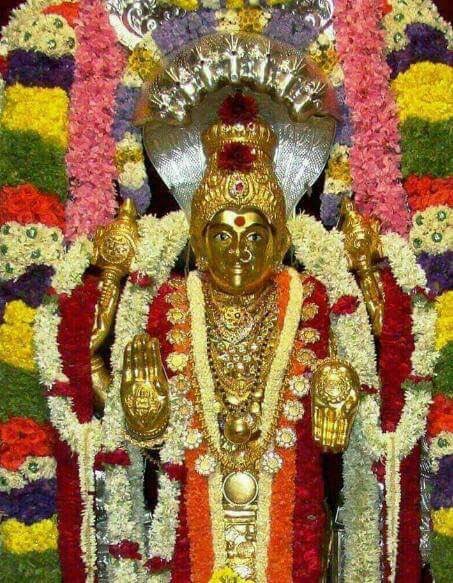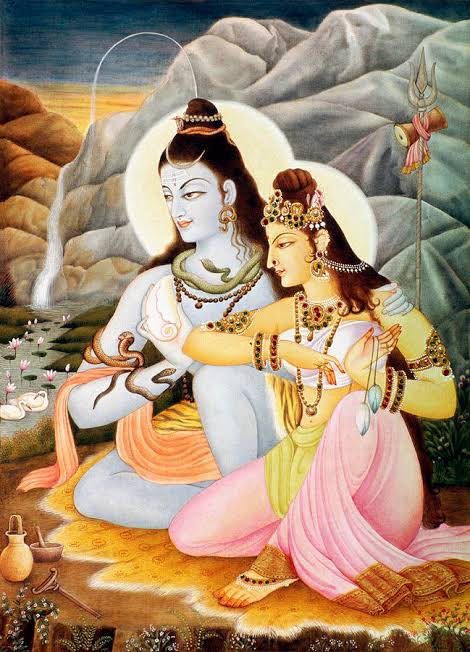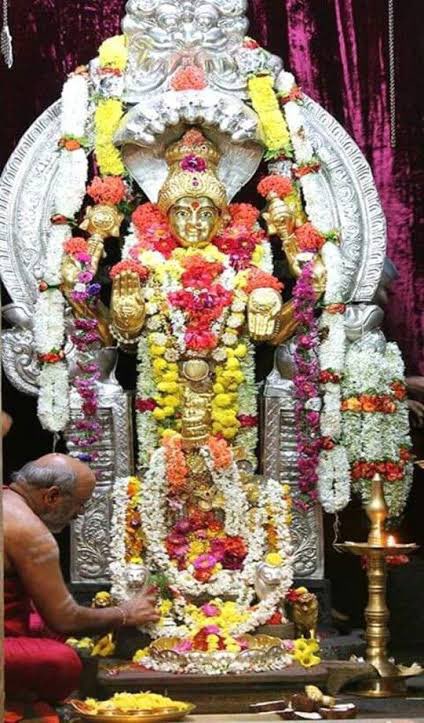Why have 300 million people been protesting in India? A few people have asked me about this so thought I’d offer a handy summary thread (1/22)
More from India
Thread:
Israel works to "Judaize" the entire area, treating the land as a resource chiefly meant to benefit the Jewish population. Jewish communities are established and developed, while Palestinians are dispossessed and corralled into small, crowded enclaves.https://t.co/DFU922lNvC pic.twitter.com/d36H8OVgdD
— B'Tselem \u05d1\u05e6\u05dc\u05dd \u0628\u062a\u0633\u064a\u0644\u0645 (@btselem) January 14, 2021
Starting with the West Bank, specifically Area C from which allegedly Palestinians are being systematically pushed into the enclaves of Areas A and B, and replaced by Jewish settlers. If so, we should've seen the demographic balance in Area C shift in the Jews' favor. Has it? /2
Well, there's no evidence for that, certainly none in the paper. Latest UN estimate is ~ 300k Palestinians in Area C in 2013, probably >3 times their number in 1995 when the area was delineated. Jewish population growth in the same area & period was slower or similar at 2.6%./3
While good population stats for Area C are unavailable, there are construction surveys based on aerial photos. Do they support Btselem's claim? Quite the contrary. At least one shows that in recent yrs the total Palestinian residential area expanded more than the Jewish one./4
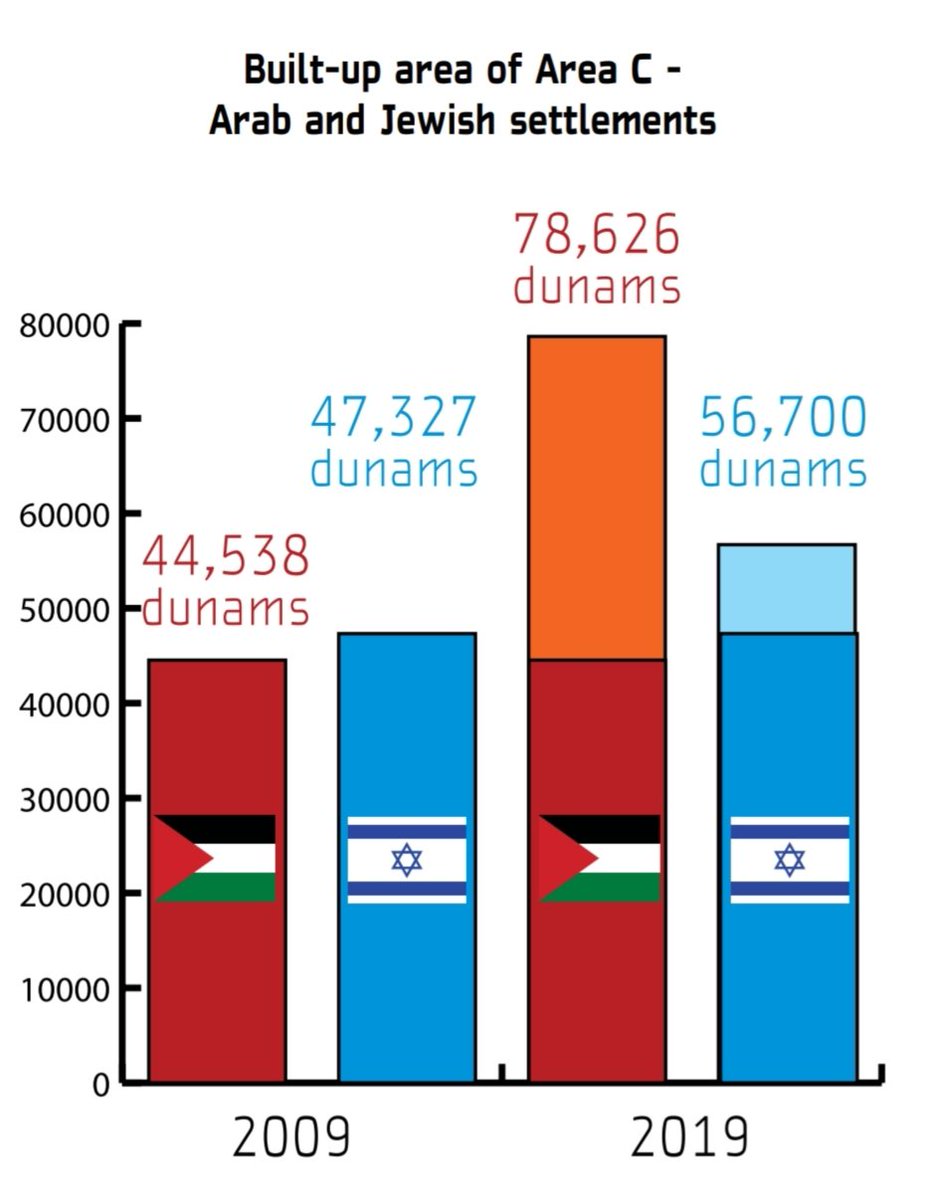
The same analysis by @RegavimIsrael found that the number of Palestinian structures in Area C increased by 28,600 during 2009-2019, nearly doubling in one decade, far more than the 18,600 built in Jewish settlements in that period, according to official statistics. /5
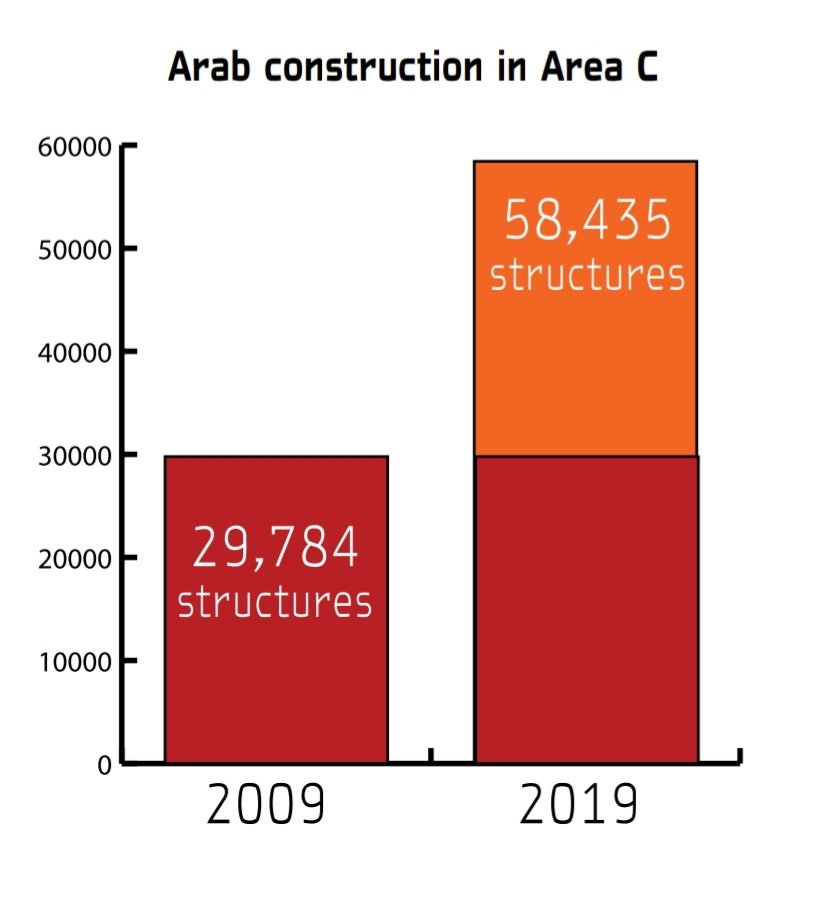
1/n
On Feb 25, 2021 we published an analysis of the draft IT Rules, 2021. Alongside the analysis is a rundown of the contentious history of the Rules and the need for starting afresh on this vital conversation about platform accountability. Thread
\U0001f6a8 Breaking: We are releasing a copy of the Draft IT (Intermediary Guidelines and Digital Media Ethics Code) Rules, 2021, which seek to change the face of how digital media is governed in India.
— Internet Freedom Foundation (IFF) (@internetfreedom) February 25, 2021
Read our thread and analysis of the biggest concerns.
1/nhttps://t.co/zQnCGTgGzz
On Feb 25, 2021, the IT Rules, 2021 came into force. On Feb 27, 2021, we shared with you our comprehensive deep-dive into the Rules - an overview of its contents, the “safeguards” it seeks to establish, and how they affect your fundamental rights.
It's done: The IT Rules, 2021, are officially in play. We cannot stress this enough - this fundamentally changes the Indian internet. Please RT this thread on the Rules and how they bring government control over digital media like never before.https://t.co/S7K9wnIkvI
— Internet Freedom Foundation (IFF) (@internetfreedom) February 27, 2021
1/n
We're also talking directly to young people and making sure that they are empowered with knowledge about their digital rights w.r.t. the IT Rules, 2021. Watch our video explaining the background of the Rules and the crux of the matter in 5
Currently, public analysis including our own provides a broad overview of concerns. Since new IT Rules are here to stay, we're also providing you with segmented explainers. Our simple video on how the new Rules will affect digital news
How do the IT Rules, 2021 affect digital news media?
— Internet Freedom Foundation (IFF) (@internetfreedom) March 3, 2021
Our video explains the 4 biggest implications in 5 minutes - simply and directly. Everyone and specially journalists, please RT and share this critical info on social media, WA, Signal!https://t.co/iZ0Ya0gU8K
You May Also Like
I might have a panic attack due to excitement!!
Read this thread to the end...I just had an epiphany and my mind is blown. Actually, more than blown. More like OBLITERATED! This is the thing! This is the thing that will blow the entire thing out of the water!
Tik Tok pic.twitter.com/8X3oMxvncP
— Scotty Mar10 (@Allenma15086871) December 29, 2020
Has this man been concealing his true identity?
Is this man a supposed 'dead' Seal Team Six soldier?
Witness protection to be kept safe until the right moment when all will be revealed?!
Who ELSE is alive that may have faked their death/gone into witness protection?

Were "golden tickets" inside the envelopes??

Are these "golden tickets" going to lead to their ultimate undoing?
Review crumbs on the board re: 'gold'.

#SEALTeam6 Trump re-tweeted this.

















